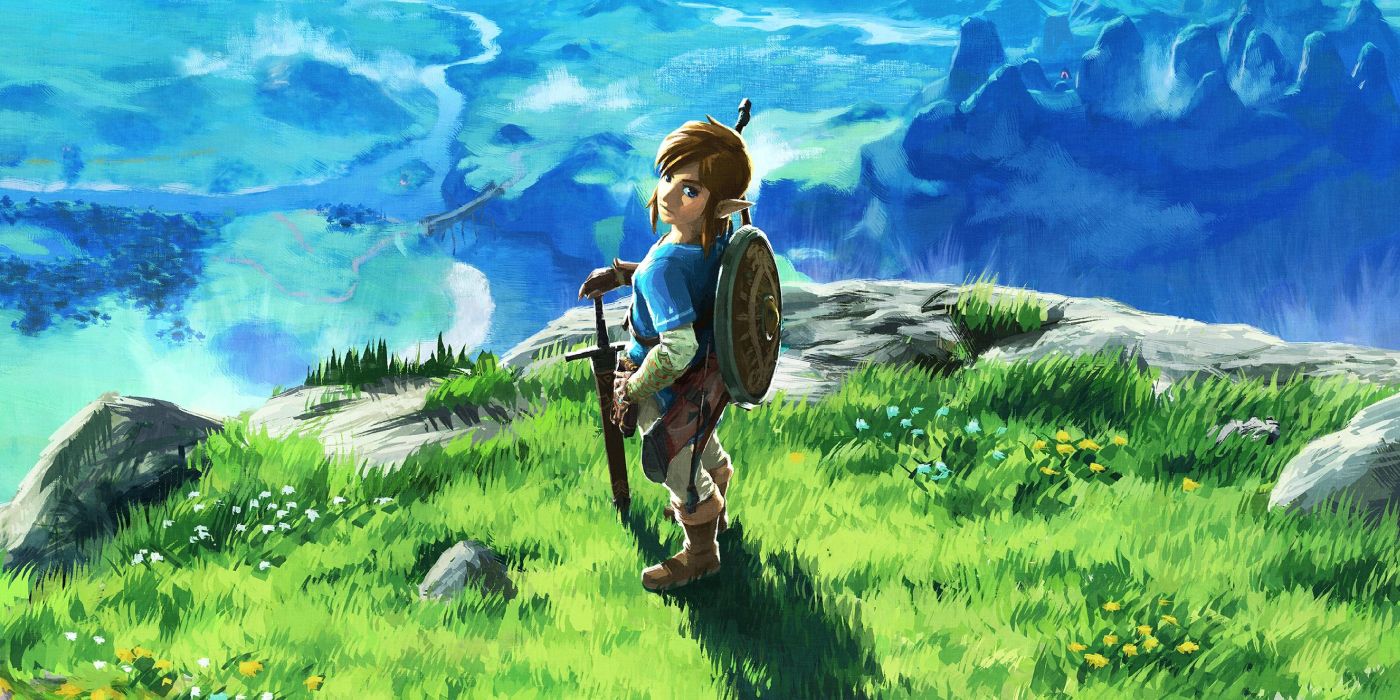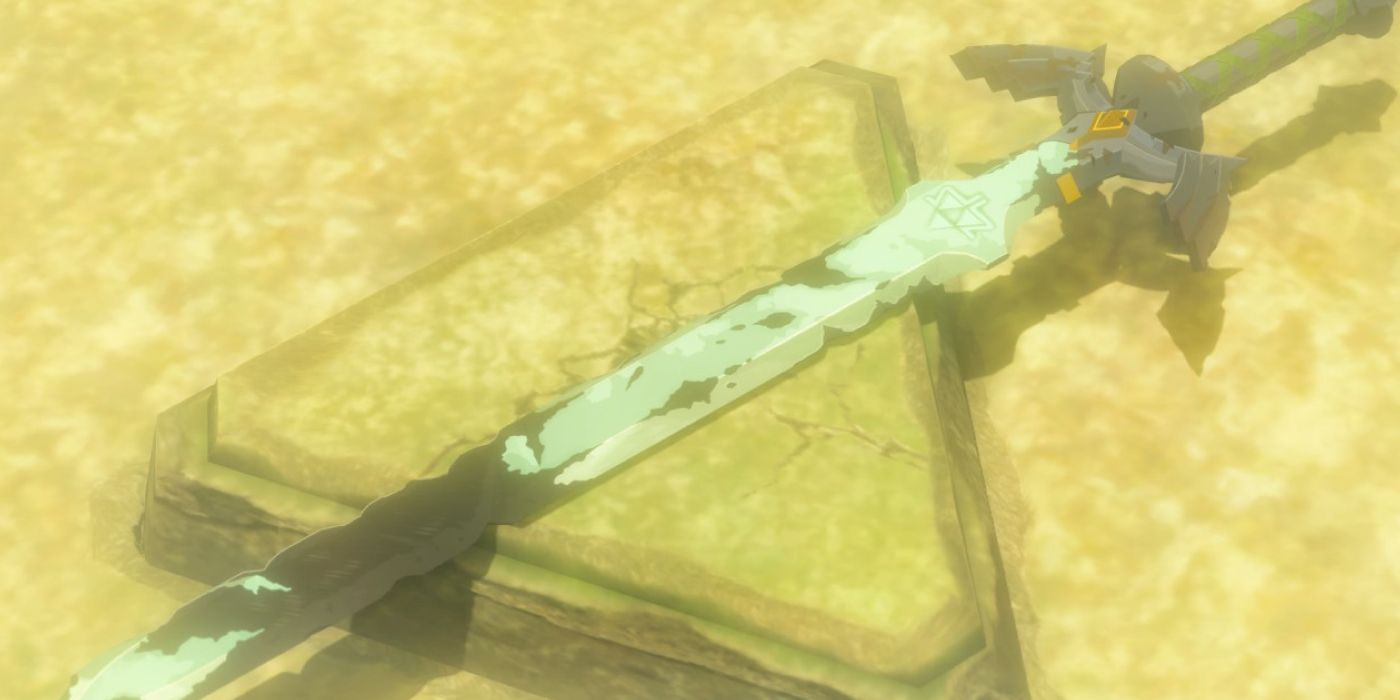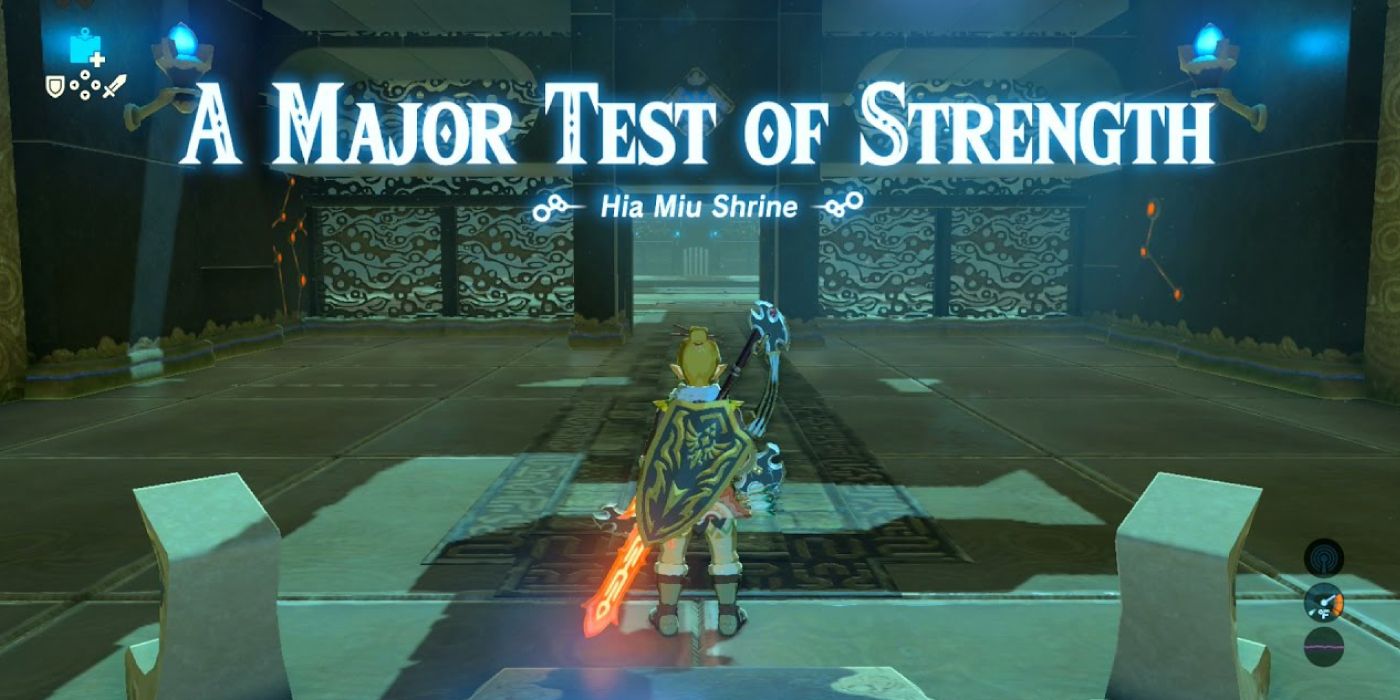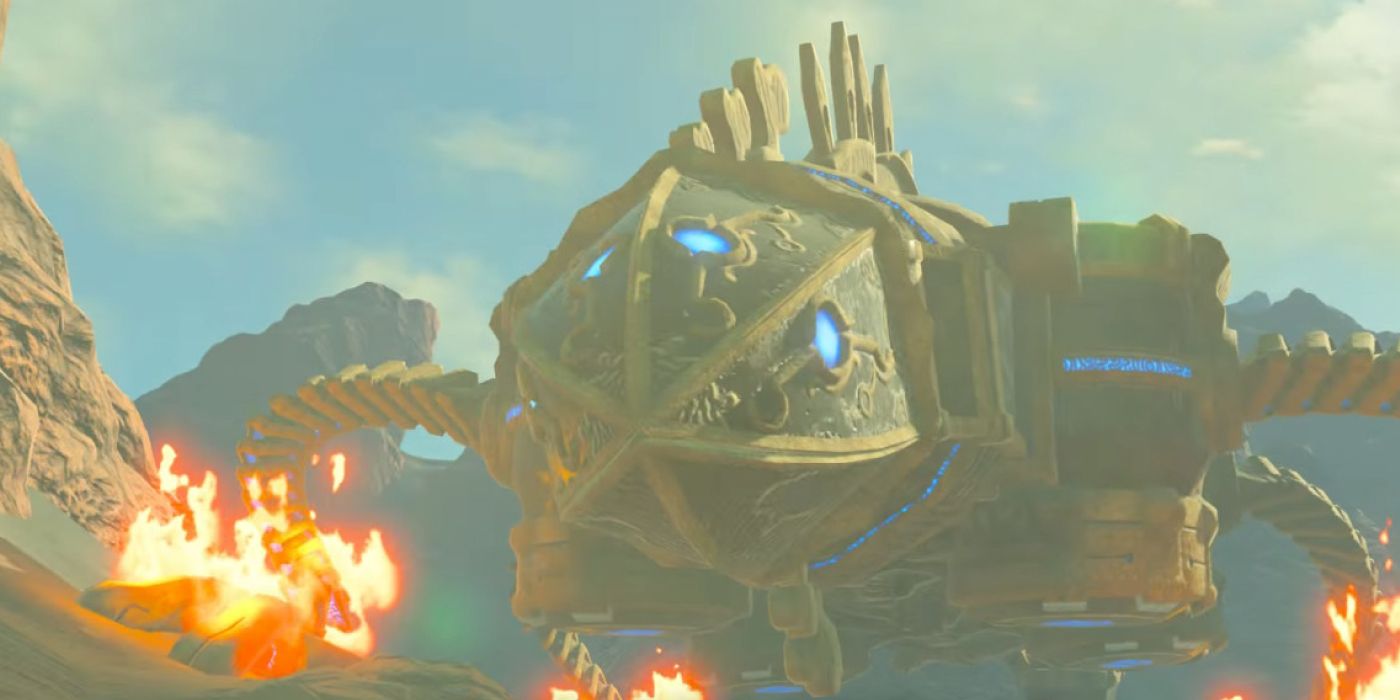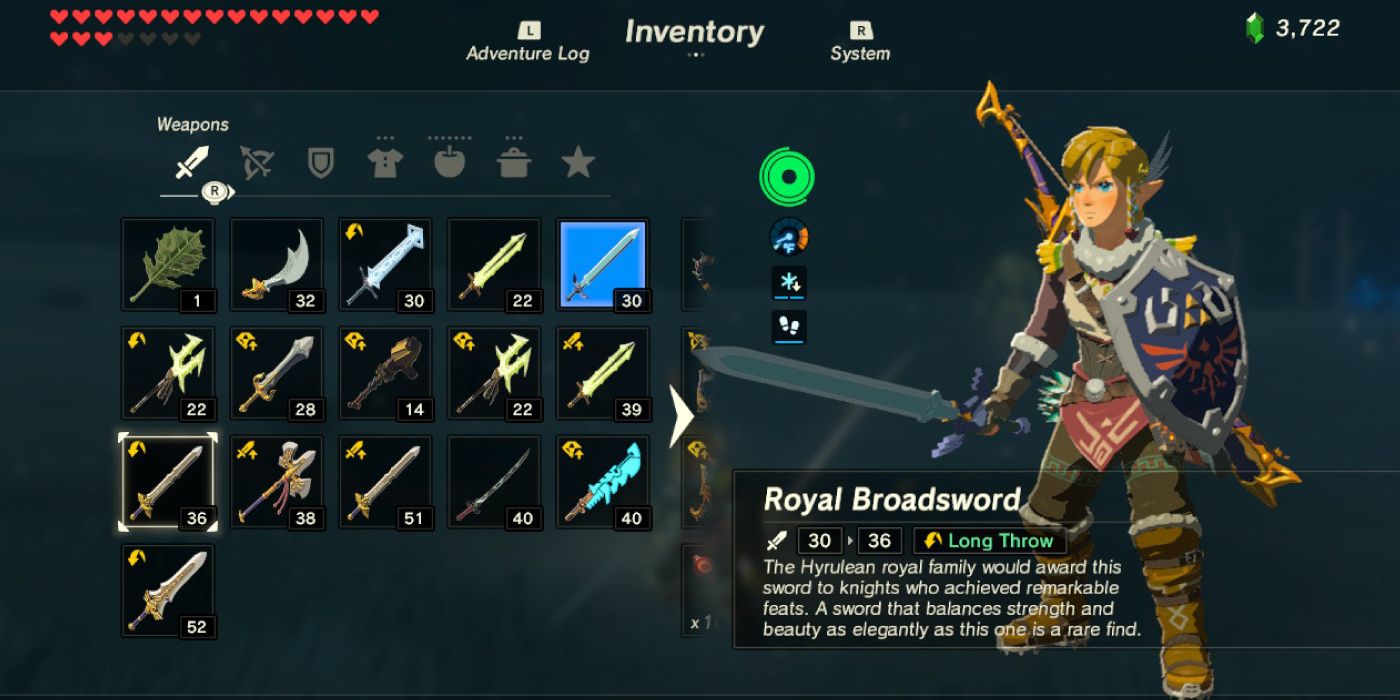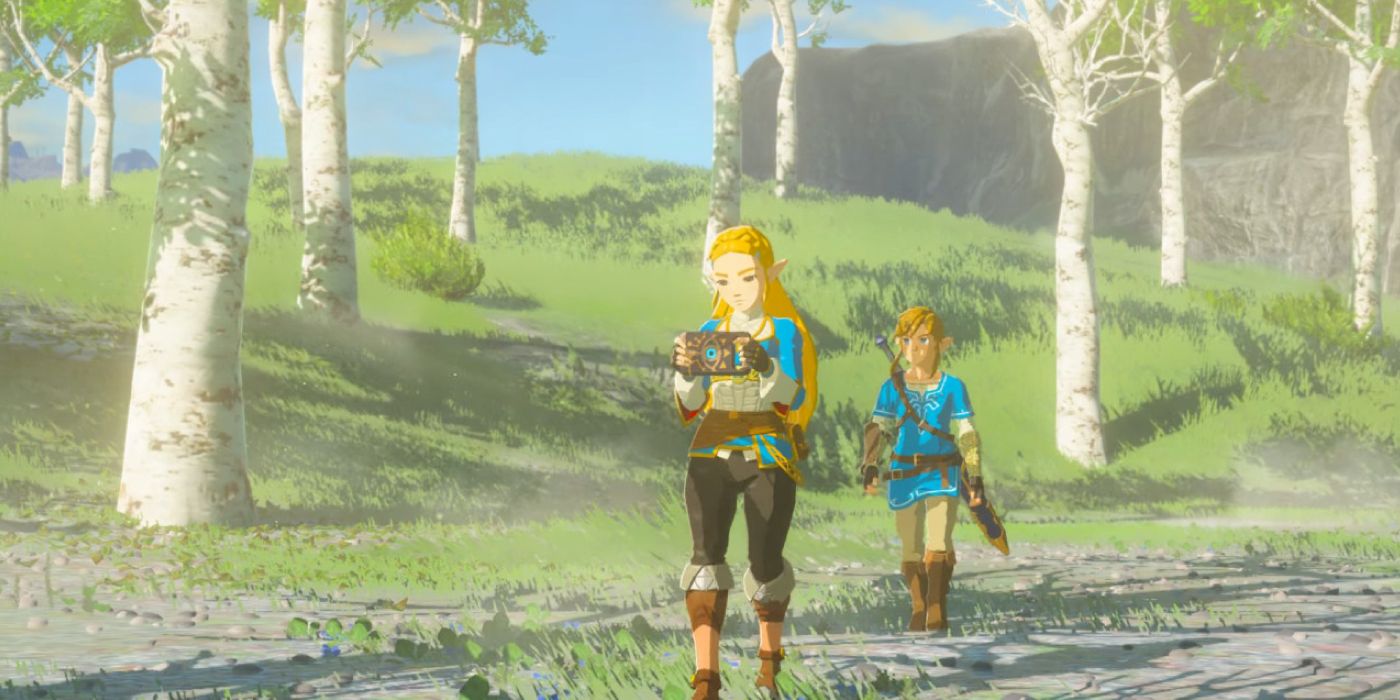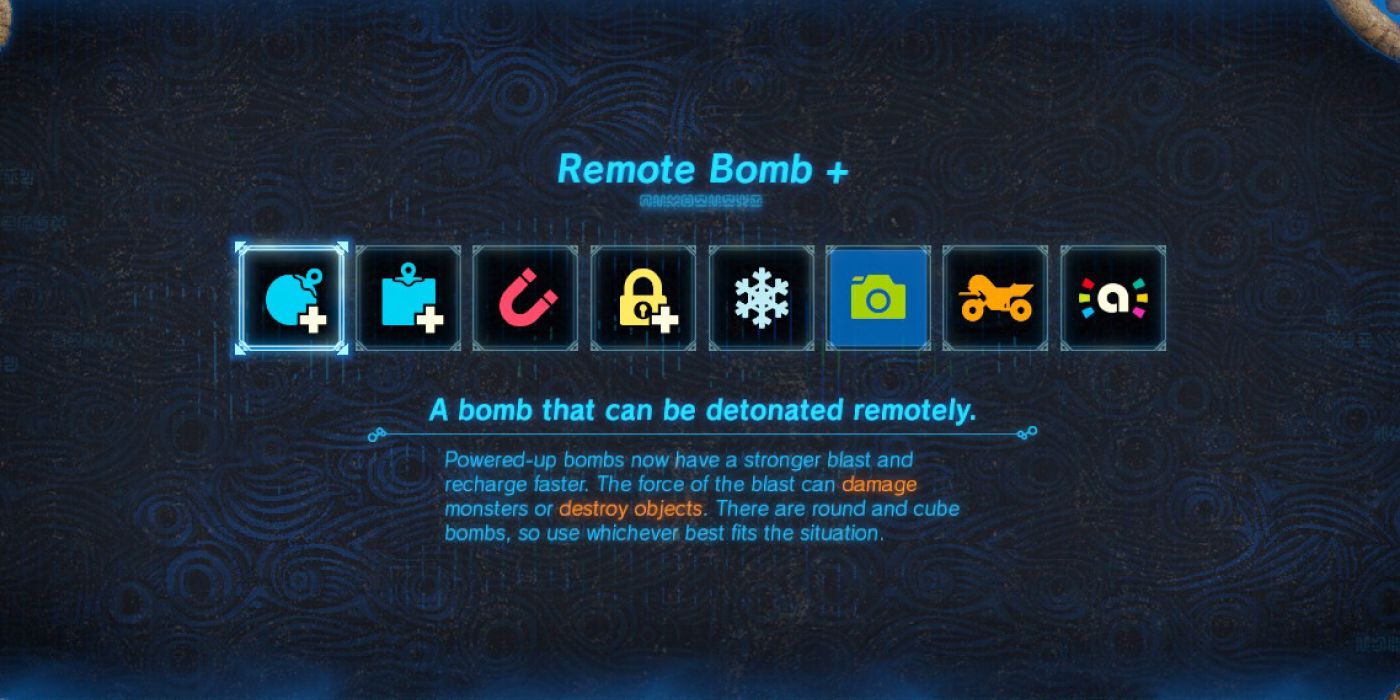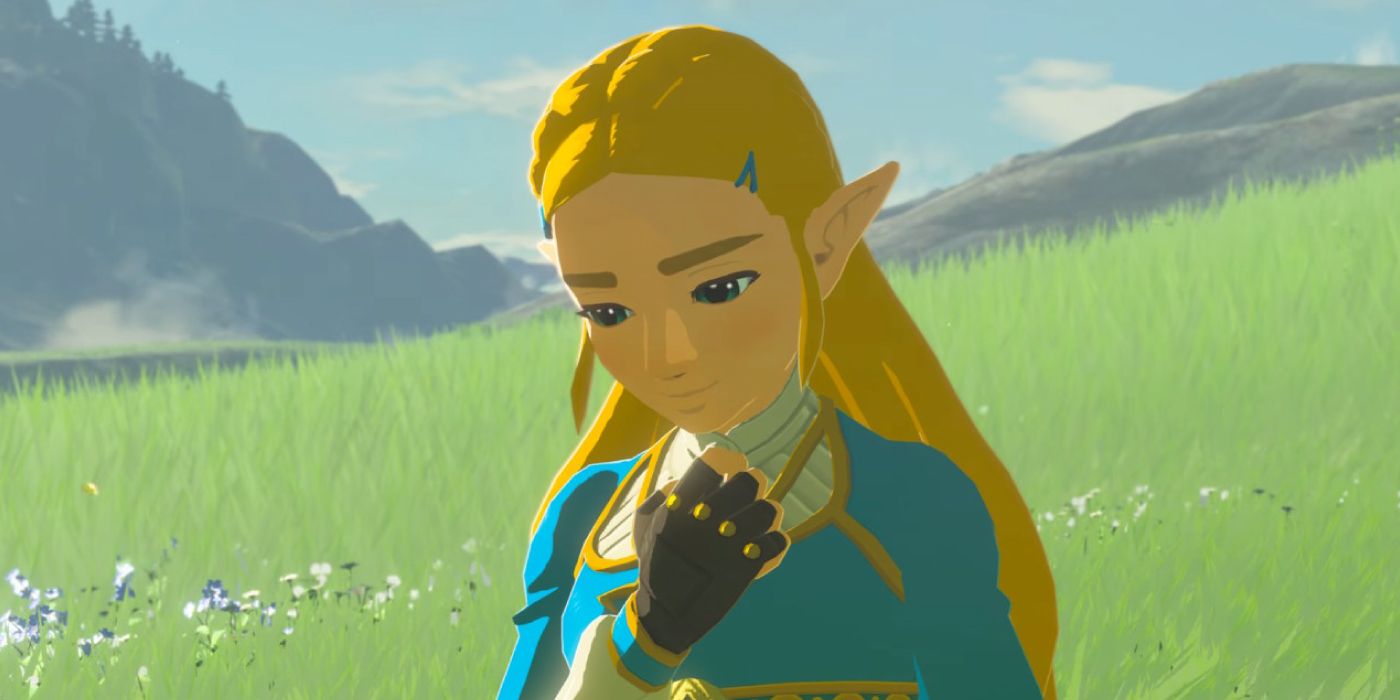By many accounts, The Legend of Zelda Breath of the Wild represents the closest a game can come to perfection. The game’s innovations make it a generation defining title, on par with games like The Legend of Zelda: Ocarina of Time and Final Fantasy VII.
However, even a title with that level of acclaim can have a few weaknesses. Now that Nintendo has officially announced a direct follow-up to Breath of the Wild for the Switch, players have started to think about improvements — both large and small — that the Zelda team could add to the sequel.
7 More Weapon Durability Options
The weapon durability feature in Breath of the Wild caused much debate when the game came out. Fans couldn’t agree on whether it made the game better or worse.
On one hand, when weapons wear down and break so quickly, players must swap to whatever else they have. This forces them to try new weapon types and combat styles. A player may not choose a to use a spear, but when everything else in their inventory breaks and a spear is all they have left, they must adapt. In this way, the durability mechanic contributes to the sense of survival at the core of the gameplay systems.
On the other hand, once players progress far enough in the game, the survival aspect no longer becomes an issue. In late-game play, Link has enough armor, health, and stamina to survive most situations. And while some late-game weapons have much higher durability than earlier ones, they still break after only a few swings.
If the sequel goes the survival route again, it could take player progression into consideration. Perhaps weaker weapons, like sticks, wooden swords, and rusty blades, which have more prevalence in the world, break after only a few uses. Rarer and more special weapons, in turn, could last much longer than they did in the first game. On top of that, the developers could add a late-game tool that allows players to repair weapons on the fly so they can stick to a fighting style they enjoy. They should at least give players unimpeded use of the famous Master Sword.
6 Fewer Combat Shrines
The shrine system in Breath of the Wild takes the classic puzzle gameplay that serves as a core Zelda franchise staple and sprinkles it throughout the entire game. It also creates beacons on the world map for adventurous players to latch onto as guides for exploration.
Most of the time, these shrines have a unique puzzle to solve, either leading up to them, or tucked away inside. Every once in a while, however, these shrines feature a combat encounter. All of these encounters are exactly the same except that they fit into one of three levels of difficulty.
The combat shrines make up 20 of the 120 shrines, and while the first few present a challenge, they, like the weapon durability system, become more of a chore later on and often trigger disappointment when encountered. Some shrines require some real digging to find, and to have them not result in an interesting puzzle feels far less rewarding. The game could have abandoned combat shrines \\ altogether, leaving the shrine count at 100, and no one would have noticed. Hopefully the sequel will do just that.
5 More memorable story dungeons
While the shrines make up most of the puzzling in Breath of the Wild, they don’t cover it all. The game also includes the Divine Beasts. These serve as giant, mechanical, lumbering, multi-room dungeons with the added twist that they featured a cohesion and interconnectivity that few dungeons in the franchise’s history have attempted. They were pretty cool.
However, ask most Breath of the Wild fans what they remember from their play through, and the Divine Beasts probably won’t come up. Something makes them fade into the background. Perhaps it’s the neutral color palette — mostly brown with pops of black and purple — or the lack of enemy encounters. Or maybe that the boss battles, while fun, kind of blend together. Previous Zelda games feature a brand new creature at the end of each dungeon. All of the Divine Beast bosses were just different forms of Gannon.
Breath of the Wild 2 uses the same map from the first game, and from the teaser, it seems it might expand the world by taking players underground. Perhaps that will mark a return to some of the more elemental and claustrophobic dungeon designs reminiscent of previous titles in the series.
4 Ability to replace weapons in your inventory
This one is a minor annoyance but an easy fix. When the player opens a chest but has a full inventory, a popup tells them that they can’t hold anything more, and Link closes the chest. If the player wants the weapon, they then have to go into their inventory, find a weapon to drop, drop it, and reopen the chest.
Breath of the Wild 2 should just give players the option to replace a weapon in their inventory with the new one while the chest is still open. It would save a lot of time.
3 Stronger main storyline
The main storyline in Breath of the Wild had a lot to accomplish. It had to help communicate the lush history of a Hyrule in ruins while allowing the player to encounter it in any order. The story takes place mostly through flashbacks and historical turmoil, using that framing to provide insight into the fall of the once great kingdom.
The story takes places in two parts. The first part unfolds as you complete each of the Divine Beasts. It explores the history of four champions, one from each of the four races in the game, that the Kingdom of Hyrule recruited to help defeat the great evil Calamity Gannon. You get this story through the champions’ ancestors as you visit each location.
The second explores the character of Zelda, and her growth as a princess who hopes to buck tradition and become a scholar in order to try to better understand the history of Hyrule. It also dives into her inability to channel a great power that sleeps in her bloodline. To find this story, the player must go out of their way to search for memories.
These narratives give the player just enough information to understand the world and explore it at their leisure. But despite the excellent voiceover work, they don’t go into very much depth and don’t tie into the gameplay much. They are told through cutscenes and memories scattered around the world. The player finds them out of order, and they only feel cohesive once you rewatch all of them chronologically at the end.
The sequel should spend more time exploring how each of the cultures deals with life after Calamity Gannon. Giving the player more emotional connection to the current world, and better tying it directly into gameplay, will create a more empathetical connection between the player and the characters they meet along the way.
2 New Runes
Breath of the Wild set itself apart from previous Zelda titles through its item system. Traditionally, each dungeon in a Zelda game would provide the player with a new item, like a hookshot or a hammer. The player would then use that item to solve puzzles and unlock new areas. In the new game, players receive a tablet that allows them to use different runes. These runes replace the item system in the game. The player discovers them all in the beginning and uses them throughout the game world.
The runes work great. Not only do they lead to a variety of creative puzzles and solutions, but the developers continually to use them in surprising and exciting ways over the 100+ hour adventure.
And it stands to reason they could keep them interesting for another 100 hours, but that seems like a wasted opportunity. A new game should include new runes, if not as replacements for the originals, at least as additions. Even just one or two would be enough to spice up the formula.
1 Zelda as a Playable Character
Zelda’s storyline in Breath of the Wild takes some bold new steps for the character. Her narrative breaks the usual kidnapping trope and turns Zelda into a confident force with a soul that wants to roam free, not spend her life sealed in a castle. Despite this newfound direction for the character, we must watch her entire narrative arch through Link’s silent eyes.
It stands to reason that by the time Breath of the Wild 2 comes out, the character could have become a capable warrior. The trailer at E3 heavily implied that the game would give Zelda a greater presence in its present-day narrative. Maybe it’s about time the titular character gets the opportunity to star in the story.
The Legend of Zelda: Breath of the Wild is now available on Switch and Wii U.

